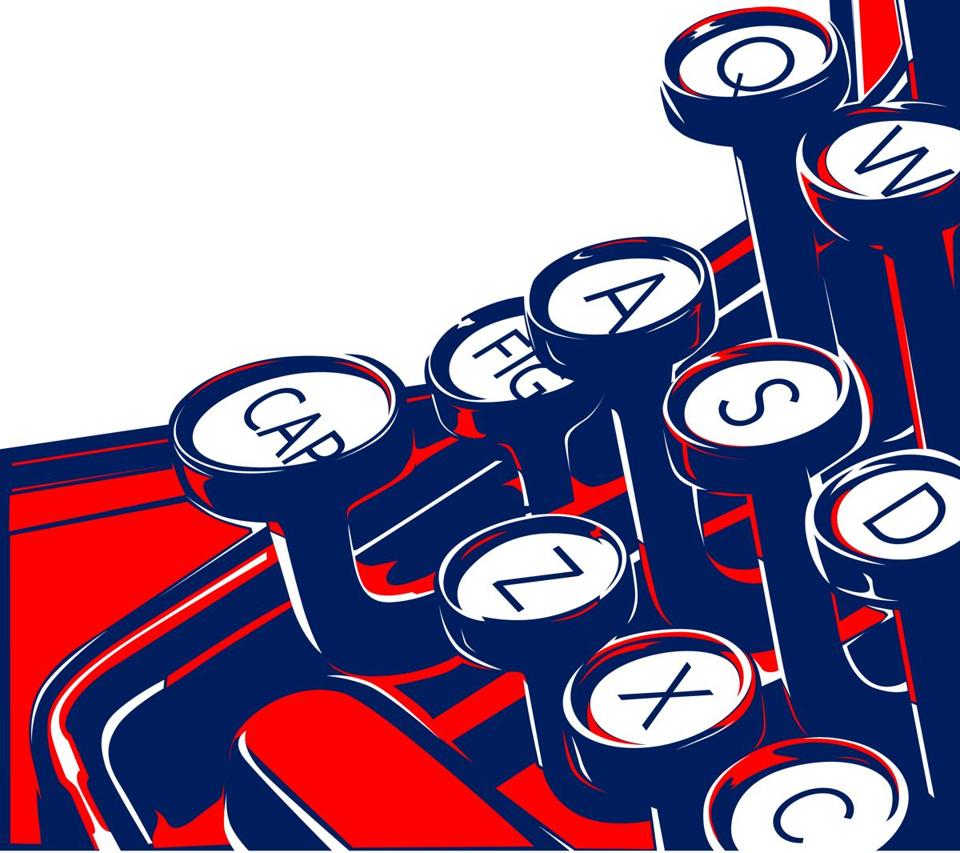Ever try to read your physician’s prescriptions? Children increasingly print their writing because they don’t know cursive or theirs is unreadable. I have a middle-school grandson who has trouble reading his own cursive. Grandparents may find that their grandchildren can’t read the notes they send. Our new U.S. Secretary of the Treasury can’t (or won’t) write his own name on the new money being printed.
When we adults went to school, one of the first things we learned was how to write the alphabet, in caps and lower case, and then to hand-write words, sentences, paragraphs, and essays. Some of us were lucky enough to have penmanship class where we learned how to make our writing pretty and readable. Today, keyboarding is in, the Common Core Standards no longer require elementary students to learn cursive, and some schools are dropping the teaching of cursive, dismissing it as an “ancient skill.”[1]

The primary schools that teach handwriting spend only just over an hour a week, according to Zaner-Bloser Inc., one of the nation’s largest handwriting-curriculum publishers. Cursive is not generally taught after the third grade (my penmanship class was in the 7th grade; maybe its just coincidence, but the 7th grade was when I was magically transformed from a poor student into an exceptional student).
Yet scientists are discovering that learning cursive is an important tool for cognitive development, particularly in training the brain to learn “functional specialization,”[2] that is capacity for optimal efficiency. In the case of learning cursive writing, the brain develops functional specialization that integrates both sensation, movement control, and thinking. Brain imaging studies reveal that multiple areas of brain become co-activated during learning of cursive writing of pseudo-letters, as opposed to typing or just visual practice.
There is spill-over benefit for thinking skills used in reading and writing. To write legible cursive, fine motor control is needed over the fingers. Students have to pay attention and think about what and how they are doing it. They have to practice. Brain imaging studies show that cursive activates areas of the brain that do not participate in keyboarding.
Much of the benefit of hand writing in general comes simply from the self-generated mechanics of drawing letters. During one study at Indiana University to be published this year,[3] researchers conducted brain scans on pre-literate 5-year-olds before and after receiving different letter-learning instruction. In children who had practiced self-generated printing by hand, the neural activity was far more enhanced and “adult-like” than in those who had simply looked at letters. The brain’s “reading circuit” of linked regions that are activated during reading was activated during hand writing, but not during typing. This lab has also demonstrated that writing letters in meaningful context, as opposed to just writing them as drawing objects, produced much more robust activation of many areas in both hemispheres.
In learning to write by hand, even if it is just printing, a child’s brain must:
Locate each stroke relative to other strokes.
Learn and remember appropriate size, slant of global form, and feature detail characteristic of each letter.
Develop categorization skills.
Cursive writing, compared to printing, is even more beneficial because the movement tasks are more demanding, the letters are less stereotypical, and the visual recognition requirements create a broader repertoire of letter representation. Cursive is also faster and more likely to engage students by providing a better sense of personal style and ownership.
Other research highlights the hand’s unique relationship with the brain when it comes to composing thoughts and ideas. Virginia Berninger, a professor at the University of Washington, reported her study of children in grades two, four and six that revealed they wrote more words, faster, and expressed more ideas when writing essays by hand versus with a keyboard.[4]
There is a whole field of research known as “haptics,” which includes the interactions of touch, hand movements, and brain function.[5] Cursive writing helps train the brain to integrate visual, and tactile information, and fine motor dexterity. School systems, driven by ill-informed ideologues and federal mandate, are becoming obsessed with testing knowledge at the expense of training kids to develop better capacity for acquiring knowledge.
The benefits to brain development are similar to what you get with learning to play a musical instrument. Not everybody can afford music lessons, but everybody has access to pencil and paper. Not everybody can afford a computer for their kids−maybe such kids are not as deprived as we would think.
Take heart. Some schools just celebrated National Handwriting Day on Jan. 23. Cursive is not dead yet. Parents need to insist that cursive be maintained in their local school.
Also check out the Neuro-education discussion group I just created on Linkedin (type “Neuro-education in Linkedin’s search field).


